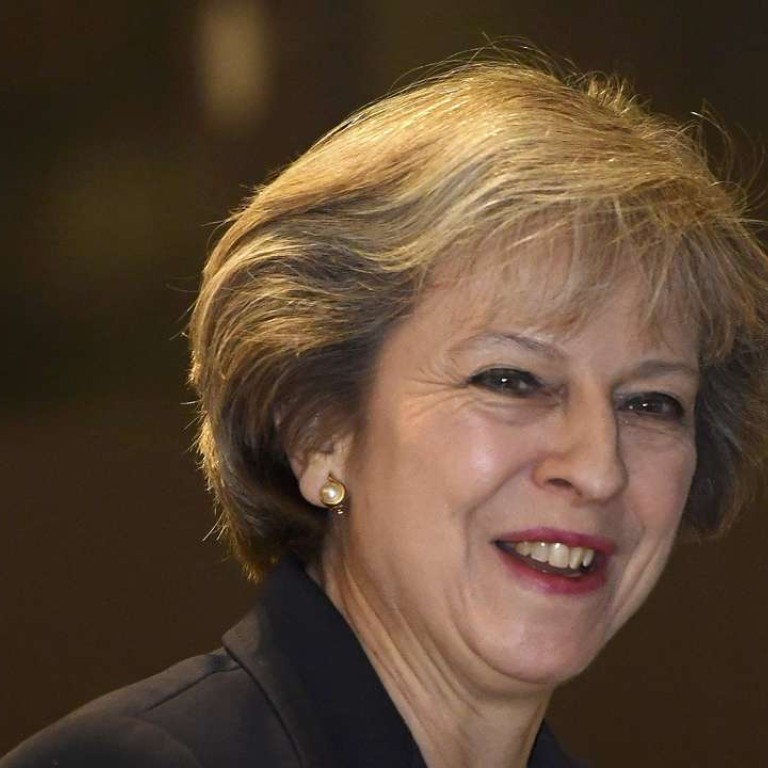
British pound continues to weaken as Chinese yuan strengthens
The British pound fell further on Wednesday after sterling slid to a 31-year year low on Tuesday over fears of a “hard Brexit” from the European Union.
British Prime Minister Theresa May told the Conservative Party conference on Sunday that the UK would formally start Brexit negotiations by the end of March next year, meaning a full exit from the bloc is likely by summer 2019.
The pound traded at 1.2716 to the US dollar at 2.10pm on Wednesday, down 0.08 per cent. The Euro also faced downward pressure, weakening 0.11 per cent to trade at 1.1213 to the US dollar.
Wilson Tang, equities specialist head at DBS Bank Hong Kong, said further devaluation pressure for sterling will remain over the longer term despite the fact that he expects to see a stabilisation in the short term. He said it would not be surprising to see the pound test the level of 1.26.
China’s yuan traded stronger on Wednesday afternoon, the first time it has gained since trading as a global currency. On October 1, the International Monetary Fund conferred what is seen by many as a stamp of recognition on China’s status as a key global financial system player by adding the yuan as its fifth Special Drawing Rights (SDR) currency.
Tang said the devaluation trend for Chinese yuan won’t change in the short term, but it will play out in a “gradual way,” echoing an overall devaluation for emerging market currencies.
Offshore yuan in Hong Kong traded at 6.6898 to the US dollar at 2.10pm, 0.05 per cent, or 35 points higher than on Tuesday.
Japanese yen continued to trade weaker for the sixth day in a row, down 0.08 per cent at 102.97 to the US dollar.

